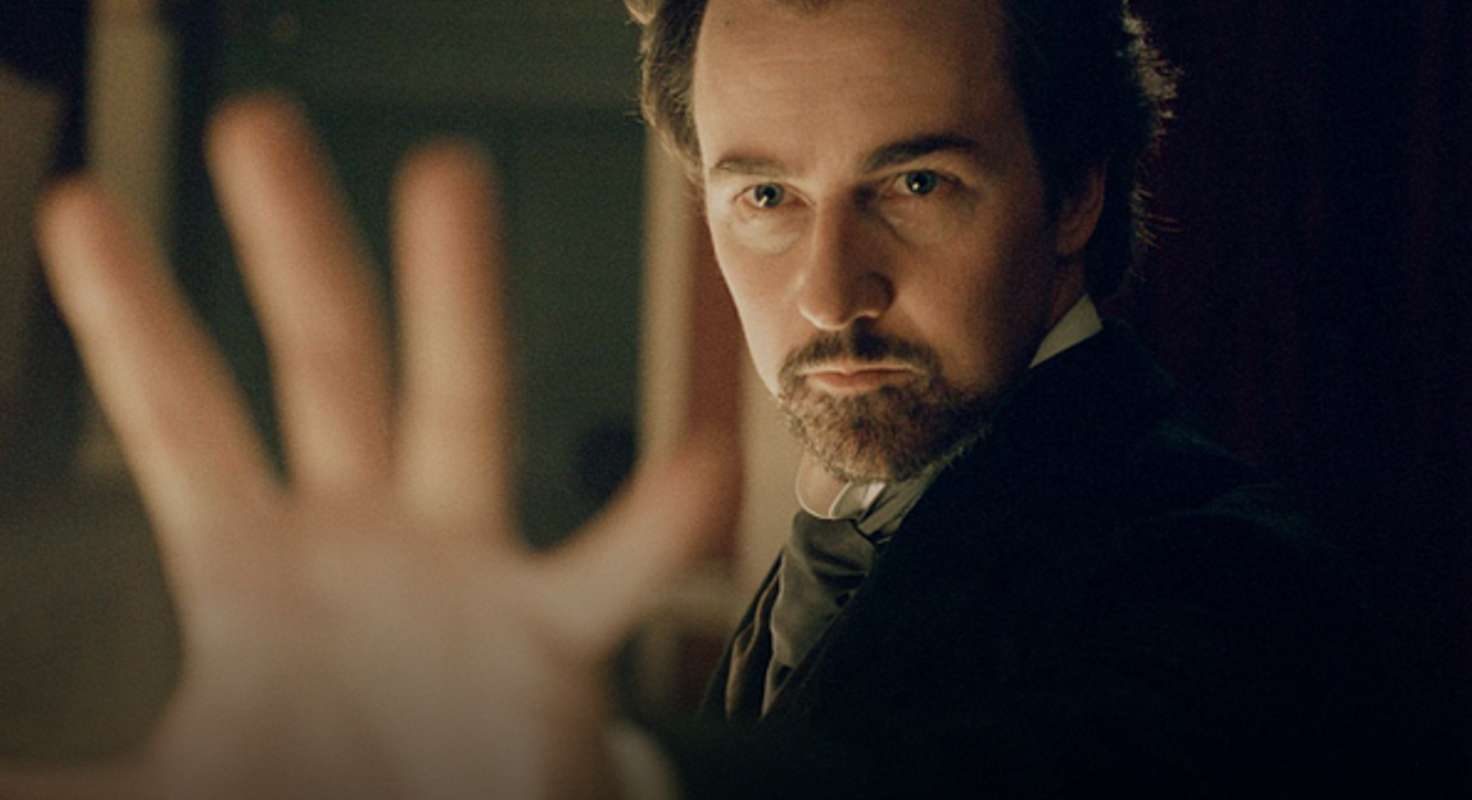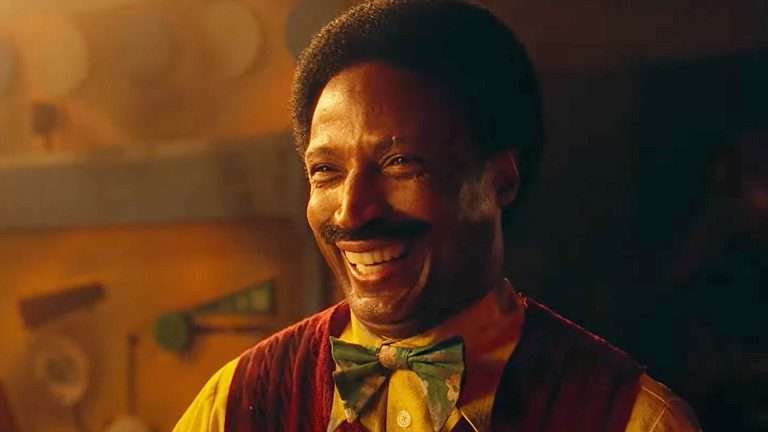The predominant discourse around Neil Burger’s “The Illusionist” (2006) seems to center largely around its similarities (or dissimilarities) with the much-acclaimed “The Prestige,” released in the same year. Based on a 1989 short story written by Steven Milhauser, “The Illusionist” brings together such names as Edward Norton, Jessica Biel, and Paul Giamatti to present the story of an illusionist uncovering Victorian society and its ills.
It has been noted by academics and critics alike how cinematic representation of the emergence of Victorian-era stage magic is the metaphorical bearer of the simultaneous magic in making: the magical world of the cinema. “The Illusionist” makes for a perfect case in point to trace the trajectory.
In this article, an attempt has been made to decode the ending of “The Illusionist” (2006) and provide a detailed analysis of some of the overarching thematic concerns of the film.
The Illusionist (2006) Plot Summary & Movie Synopsis:
“The Illusionist” is the story of a stage magician, Eisenheim, of late-Victorian Vienna. The film begins with his abrupt arrest as he performs the impossible magic of necromancy to an auditorium full of people who know exactly who is being summoned. Walter Uhl, Chief Inspector of the Vienna Police, proclaims the charges pressed against him: disturbing the public order, charlatanism, and threats against the empire.
As Uhl stands in front of Crown Prince Leopold and lays bare the story of Eisenheim, his young love with Sophie, the Duchess von Teschen, comes to the forefront. The love was cut short by the royal family’s disapproval of the boy, who was a peasant. When Eisenheim chances upon Sophie after years, he learns that she is betrothed to Prince Leopold. However, the prince has an ill-repute of being a woman abuser.
The drama reaches its peak when Sophie tries to break free from Leopold but dies instead. In his bid to expose the prince and tend to his grieving heart, Eisenstein begins the shows of summoning spirits. With the Police and the Crown in tow, Eisenheim constantly tries to conjure up Sophie from thin air.
The Illusionist (2006) Movie Ending Explained:
Is Eisenheim an illusionist or a summoner of souls?
As Uhl disavows his obligation to the Crown and Prince Leopold, he is forced to reassess Eisenheim’s active mastery over altering his perception of reality. Sophie’s death was a plan devised by Eisenheim and Sophie herself. As he stands at the station reeling from the young boy’s confession that it is ‘Herr Eisenheim’ who has left him the notebook, a stream of images in flashback fills the missing pieces of information: from Sophie spiking the prince’s drink to Eisenheim resurrecting her from the state of being almost dead.

In the end, after a sustained course of misdirection, the final act of Eisenheim’s exposing himself to Uhl ironically bewilders the latter. Throughout the story, we see Uhl in hot pursuit of the illusionist, who he believes is a jeopardizing threat to the monastery. He is not so much an artist invoking awe as he is a quack. Even the most awe-inspiring necromancy tricks do not move Uhl the way they move the audience. Only in the final handing over of the Orange Tree notebook do we see Uhl acknowledging the brilliance of the mind that tricked him. His act of confession is also an elaborate performance like his other seemingly impossible feats.
The Illusionist (2006) Movie Themes Analysed:
The paradox of putting faith in the one who is destined to trick
“Criminals, not moral philosophers, have been the experts at discerning different forms of trust. Most of us notice a given form of trust most easily after its sudden demise or severe injury. We inhabit a climate of trust as we inhabit an atmosphere and notice it as we notice air, only when it becomes scarce or polluted,” notes Annette Baier.
Borrowing from Annette Baier’s proposition that not all things or relationships that grow out of the foundation of trust are moral, we can initiate a discussion on trust as shown in “The Illusionist.” In the film, we see Eisenheim employing the economy of trust to extend his expertise, an artful deception. Although stamped as a charlatan right away, he rides on what we can call ‘anti-trust.’ The most persuasive and influential of tricks is firmly rooted in the trickster’s adeptness at trust-busting. To the crown and its extension, the police, he is a criminal. However, to the filmic audience and the audience of the film, none that he does rings as immoral.
On the other hand, exploitation and conspiracy, as Baier has noted, are underpinned by a solid foundation of trust. The network of the police and the crown, although seemingly moral, is nothing but an immoral cabal. This, too, is born out of a relationship of trust, even though it differs in kind. Uhl’s support for Leopold is transactional: he does it so that he can achieve social mobility. However, this unquestionable loyalty, a testament to Uhl’s broken-backness, has sufficiently destroyed the lower wrung of Vienna. When Uhl realizes the far-reaching consequences of his trust, trust-busting becomes the only moral way to reverse the damage of the prolonged violence of immorality.
Secular Magic and Artful Deception
Towards the end, a moment of final breakthrough for Uhl comes in the form of recounting Eisenheim’s assertion that everything he has ever pulled off is an illusion or a trick. The phenomenon of secular magic, one which has no association with the supernatural and succeeds primarily in the advanced and informed use of available technologies, is the product of the early nineteenth century, which gives rise to such pioneers as Eisenheim.
As Hans-Joachim Backe notes, “When modern, secular magic managed to establish itself as a craft, it did so in direct connection with the vaudeville and the curiosity show, two nineteenth-century forms of entertainment which offered popularized, cheap versions of established elements of high-brow culture, the theatre and the exhibition.”
Eisenheim becomes a different kind of criminal for the old order, one in search of respectful social and cultural acceptance but one posing multiple confrontations to the same order. He buys a theatre and moves his performance there in an attempt to “turn a raucous fairground attraction into a respected performing art” (Backe).








